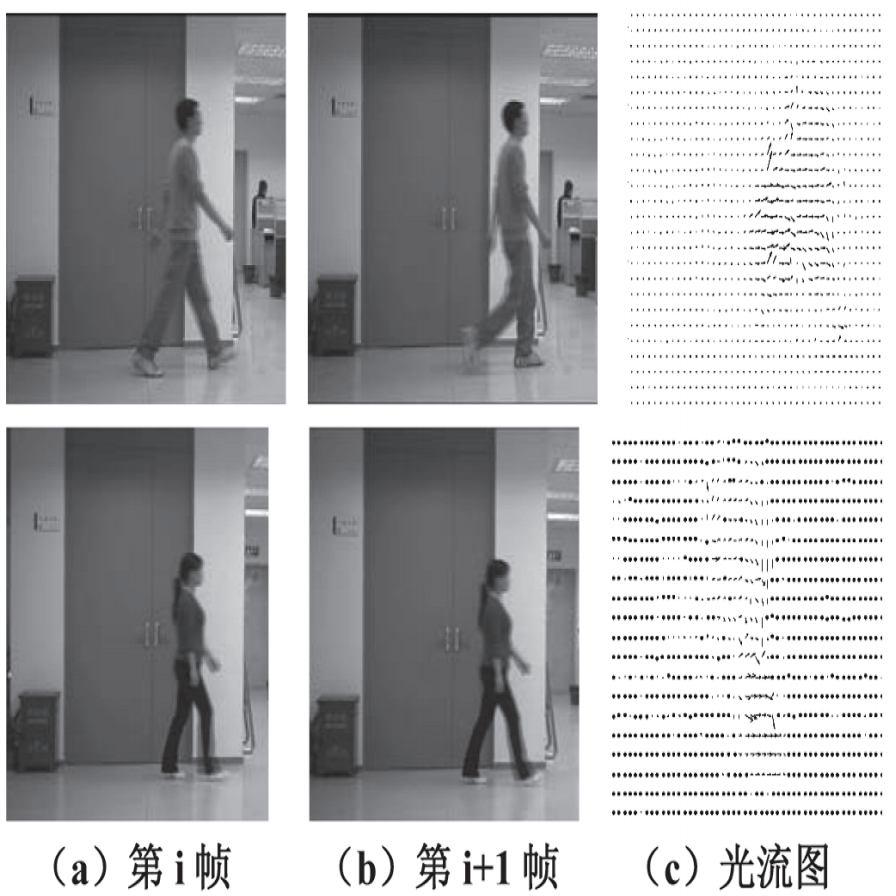Automatic affect recognition has applications in many areas such as education, gaming, software development, automotives, medical care, etc. but it is non trivial task to achieve appreciable performance on in-the-wild data sets. In-the-wild data sets though represent real-world scenarios better than synthetic data sets, the former ones suffer from the problem of incomplete labels. Inspired by semi-supervised learning, in this paper, we introduce our submission to the Multi-Task-Learning Challenge at the 4th Affective Behavior Analysis in-the-wild (ABAW) 2022 Competition. The three tasks that are considered in this challenge are valence-arousal(VA) estimation, classification of expressions into 6 basic (anger, disgust, fear, happiness, sadness, surprise), neutral, and the 'other' category and 12 action units(AU) numbered AU-{1,2,4,6,7,10,12,15,23,24,25,26}. Our method Semi-supervised Multi-task Facial Affect Recognition titled SS-MFAR uses a deep residual network with task specific classifiers for each of the tasks along with adaptive thresholds for each expression class and semi-supervised learning for the incomplete labels. Source code is available at https://github.com/1980x/ABAW2022DMACS.
翻译:自动影响识别在许多领域都有应用,如教育、赌博、软件开发、汽车、医疗等,但是,在虚拟数据集中取得显著业绩并非微不足道的任务。在虚拟数据集中,数据组虽然比合成数据集更能代表真实世界情景,但比合成数据集更能代表真实世界情景,前数据集受到不完全标签问题的影响。在半监督学习的启发下,本文件介绍了我们提交第4届Affective Behavior In the-wild(ABAW) 2022 竞争多任务分析(ABAW)的挑战。本项挑战中考虑的三项任务,是价值振奋(VA)估计,将表达方式分类为6个基本(anger、厌恶、恐惧、幸福、悲伤、惊喜)、中立和“其他”类别以及12个行动单位(AUU),在AU-1,2,4,6,7,7,10,12,12,15,23,24,25,26}我们提交第4次Affical Afect Indial Indistration ad ad adationational ad ad ad adest cogradistration (ABFard) ad.


